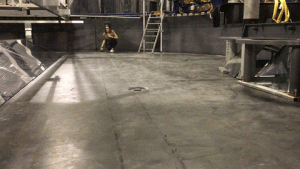
Supporting conceptual understanding of the Coriolis force through laboratory experiments
My friend Pierré and I started working on this article when both of us were still working at the Geophysical Institute in Bergen. It took forever to get published, mainly…
